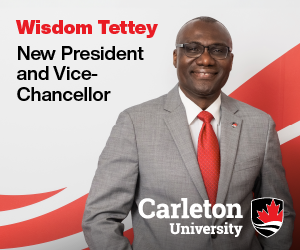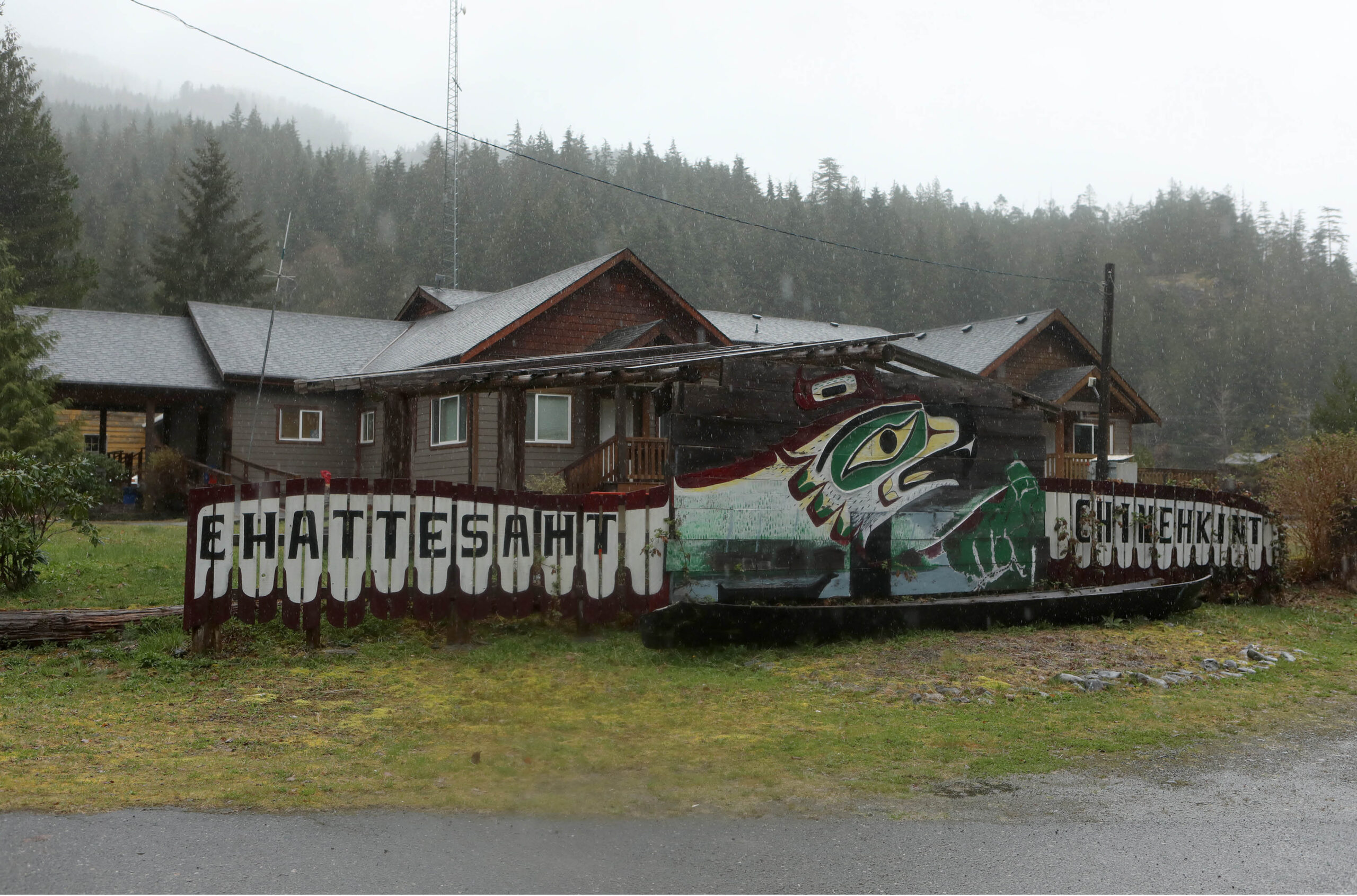Leadership lost
Student clubs are struggling in the pandemic’s wake. Universities can help them back on their feet.

It’s nearing the end of the first “normal” year since the pandemic began. We rolled out the red carpets for new students during orientation weeks, hosted large in-person events, introduced countless programs to rebuild a sense of community, and now students have made it through their classes. But for all the startup effort that universities put into the return to campus, something is missing. The true beating heart of campus life, student clubs, is sputtering.
Clubs create moments and spaces in which first-year students connect for the first time with kindred spirits, forging friendships that will last a lifetime. Varying greatly in size, complexity, and output, these clubs range from highly organized, with hundreds of members, to barely existent; from meetings governed by Robert’s Rules, to a gaggle of friends just trying to have some fun. By coming together organically, under their own steam, students are trying out new interests and identities, whether that’s creating and operating food security programs or playing hide-and-seek. More than a few marriages can probably be traced to time spent on a club executive, as well as countless short-term relationships, and enough drama for a Netflix reality series.
Clubs are also powerful spaces for learning and skill building. Student leaders learn how to plan and execute events, recruit members, develop strategic plans, run meetings, oversee the work of others, and manage a budget. Years after graduation these concrete leadership experiences remain foundational to students’ career and life opportunities. Many of the weird and wonderful traditions that make our campuses feel special can be traced to silly or creative events started by a student club. Complementary to classroom curriculum and formal co-curricular opportunities, student clubs stand apart as places where students co-create their own experiences at university.
Leadership ladder interrupted
Some of the more established clubs have made a triumphant return this year, but many more have not: they are struggling to recruit members, fill executive positions, and host events. COVID-19 was particularly brutal on student clubs whose existence relied on a constant cycle of new students becoming involved through outreach, attending events and programming, and then taking a turn at leadership via an executive position. Club leaders often implement an iterative reflection of what they see and engage with as participants. Because they have little infrastructure, the lockdowns, online learning, and on-campus event restrictions effectively broke their cycle. Students in their third and fourth year of undergrad this year, who would usually be taking the helm of club leadership, have been left without a template.
This loss is measurable in some respects. On my campus and those of many colleagues, the number of clubs hosting a booth during involvement weeks, those formally ratified by the university or students’ union, and the numbers of clubs hosting published campus events have dropped precipitously. The impact behind those numbers, however, in friendships, experiences, and skills that students haven’t gained is far more significant. The loss will also be felt by institutions. Recruiters want to market a vibrant campus life. Administrators concerned about enrollment recognize the well-documented connection between involvement and persistence to graduation. Alumni involvement and, down the road, financial support is built on the kinds of shared nostalgia and social connections forged within student clubs.
Clubs won’t be gone forever. As long as there are students who share vocational interests, aspects of their identity, a love of anime or board games, they will find ways to organize. Institutions can help kickstart the cycle and rebuild the leadership that clubs offer. In particular, we can support club regrowth in three different but practical ways. First, we can provide training and support; second, we can use the restart as an opportunity not just to remake clubs but to make important improvements to equity and diversity within their structures; and third, we can ensure that the essence of clubs as independent peer leadership experience is protected.
An opportunity to rebuild more inclusively
Kickstarting the cycle of operations for clubs begins through training and support. Online guides and templates paired with in-person training on event planning, running meetings, and member engagement can fill the training gaps eaten away by the pandemic. By adding opportunities for guidance and mentorship from faculty, staff or grad students, students will more easily transform a shared interest into an operating club.
However, pre-pandemic clubs weren’t perfect, and there is an opportunity now to try to re-establish them without their exclusionary practices or structures. The iterative cycle mentioned above historically led clubs to inadvertently repeat practices that were inherently exclusionary. New students didn’t see themselves as welcome, and those that were welcome didn’t see the problem. Providing space and resources to help guide and support clubs to consider their practices through an inclusion frame can lead to more diverse memberships and leadership. Furthermore, club executives were dominated by students with available time to dedicate to unpaid work. Universities can help to ameliorate this gap through options for compensation of club executives: can grants be applied to positions as honoraria, or paid internships? Perhaps we can weave in theory and reflection and provide academic credit in Leadership Studies or a similar field?
Finally, universities interested in providing support and guidance need to occasionally reign in tendencies toward prescribed outcomes and risk management. Freedom from administrative oversight makes free to run absurd and amazing events, to fail, to folly, and to take chances in ways that universities can’t or won’t. Their unruliness is what makes leading clubs such visceral, formative experiences. Protecting the messy freedom with which clubs operate is essential to maintaining their unique contributions to the campus experience.
Brock Richardson is the director of student services at St. Thomas University.
Featured Jobs
- Electrical and Computer Engineering - Assistant/Associate ProfessorWestern University
- Indigenous Studies - Faculty PositionUniversité Laval
- Electrical Engineering - Assistant Professor (Electromagnetic/Photonic Devices and Systems)Toronto Metropolitan University
- Psychology - Assistant Professor (Social)Mount Saint Vincent University
- Accounting - Tenured or Tenure-Track Faculty PositionUniversity of Alberta















Post a comment
University Affairs moderates all comments according to the following guidelines. If approved, comments generally appear within one business day. We may republish particularly insightful remarks in our print edition or elsewhere.